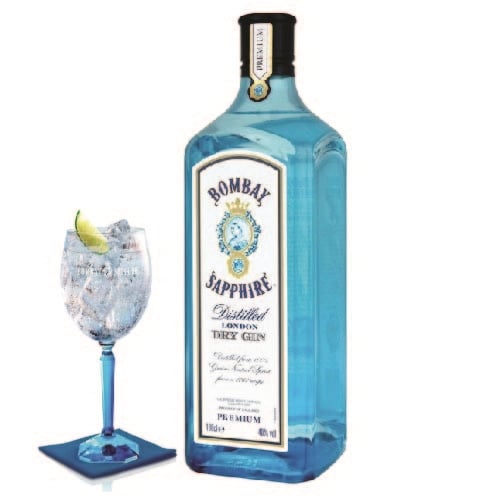Enzo
·Great video, thank you for sharing 👍
One question, just out of curiosity...are a couple of the screws left-hand threaded?
I 'thought' I saw that not all were unscrewed anti-clockwise and screwed in clockwise, but I may be mistaken.
One question, just out of curiosity...are a couple of the screws left-hand threaded?
I 'thought' I saw that not all were unscrewed anti-clockwise and screwed in clockwise, but I may be mistaken.




